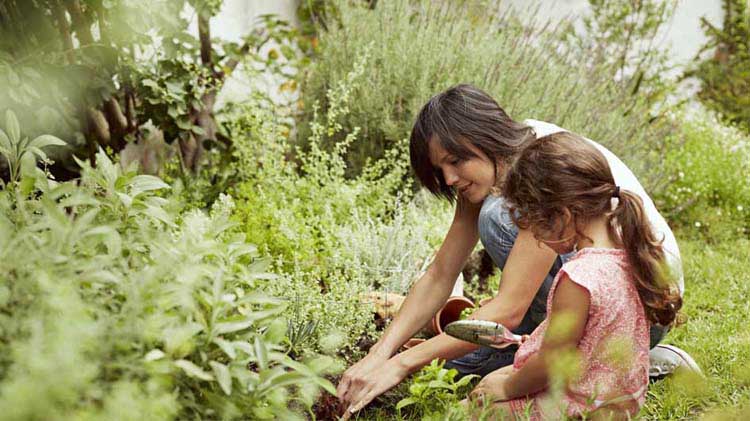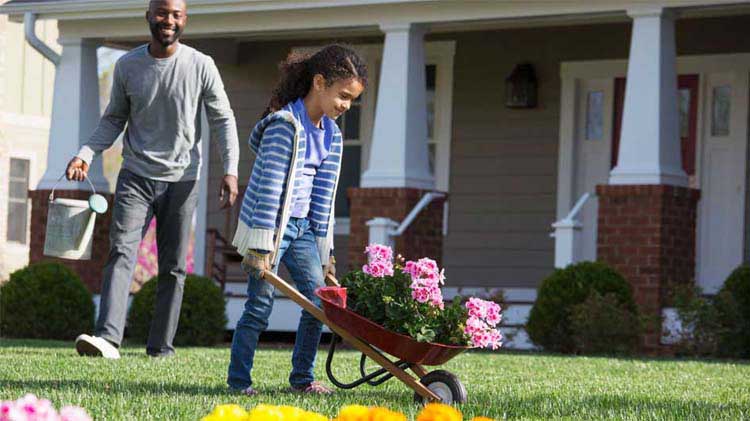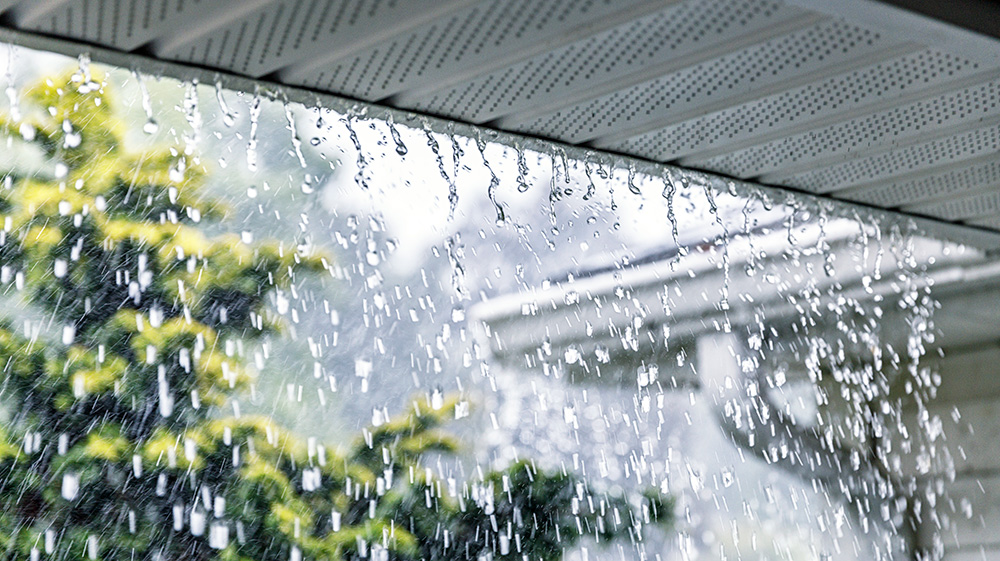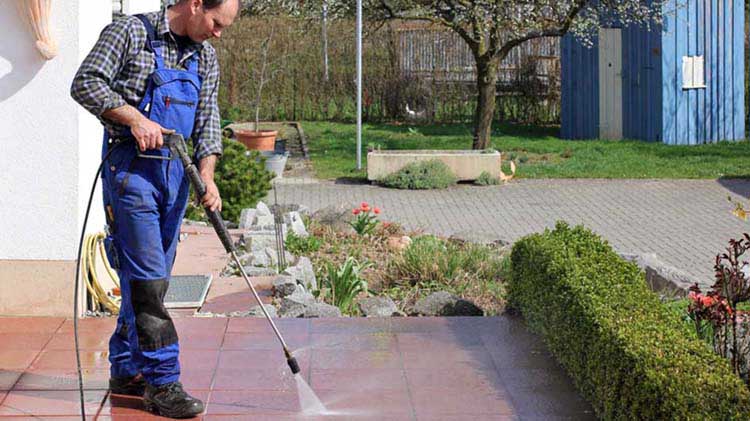Summer home maintenance checklist
Check out these interior and exterior home maintenance tips to consider while the weather is warm.
Summer is the perfect time to take advantage of the warm weather and get some work done around the house. Help keep your home performing efficiently during the summer by adding these tasks to your home maintenance plan.
Indoor spaces
Switch your ceiling fan blade direction to counterclockwise
Did you know that a ceiling fan’s performance is largely based on the direction the blades are spinning? This is because the direction of the blades determines how the air will be circulated within the space. In warmer weather, when you’re trying to cool down interior spaces, the blades should spin counterclockwise to help cool the air by providing a downdraft.
Just don’t forget to switch the blades back to clockwise once the weather gets colder. This will create an updraft to help circulate the warm air around the room. And while you are changing the blade direction, balance any wobbly blades by tightening loose screws and dust them if needed.
Clean refrigerator coils
The coils under the refrigerator have a tendency to accumulate dust and pet hair. Cleaning them can help your fridge run more economically.
Wash windows and check screens
A good cleaning of the inside of your windows and tracks can help remove any buildup from dust, cooking, smoke, candles and fireplaces. While cleaning the windows, look at the screens to see if repairs are needed. Also, clean any patio door tracks to help them open and close easier.
Check for air leaks around windows and doors
To help keep cold air in and hot air out, check your windows and doors for leaks. If you find any leaks, consider sealing them with weather stripping or caulking.
Outdoor home maintenance
Service your air conditioner
Regular maintenance can help ensure your air conditioner is working as efficiently as possible during the summer.
Hose down your exterior air conditioner unit
Air conditioners tend to collect dirt and debris over time, which reduces their efficiency. Use a garden hose to spray the unit with water to remove buildup and help it run more efficiently. Also remove any nearby plants or weeds that could grow inside the unit.
Wash windows
Wash the outside of your windows with soapy lukewarm water to help remove any water spots or dust buildup. Then dry with a microfiber cloth. You may want to reserve window cleaning for a cooler day or after the sun sets if you notice window streaks. The hot air can quickly evaporate cleaning products leaving visible streaks behind.
Wash siding
While it might be tempting to use a pressure washer for your home’s exterior, a garden hose is recommended to avoid potentially damaging the outside of your home or having water get under the siding. Apply a coat of fresh paint if needed and repair any damaged vinyl or aluminum siding.
Look for signs of critters and bugs
Check garden plants, trees and shrubs for insect infestations. Termites can easily go undetected until considerable damage has been done. Look for telltale signs like flaking wood or mud buildup and tunneling systems in the exterior wood of your home. Professional pest control inspections are recommended if you have any suspicions of possible infestation. Check out these tips for other pests like moles, deer and how to keep birds away from your house.
Pressure washing
Spruce up the exterior of your home by pressure washing your sidewalks, porches and driveways. Fences and decks can also use a lower pressure cleaning.
Tidy up your landscaping
Here are some ideas:
- Trim shrubs and bushes as needed.
- Get weeds under control.
- Remove dead or unhealthy plants so that others may thrive.
- Consider replacing the removed plants with new ones.
- Introduce some pops of color to help improve the curb appeal of your home.
- Add a fresh layer of mulch to mulched areas.
Trim trees
Trees supply shady ambience and should be well cared for to avoid potential damage to your home. Keep their branches pruned and at a safe distance from power lines and your home to help prevent storm-related damage. Inspect trees for signs of decay, such as cracks or hollowed limbs. Arborists or tree care professionals can help with the cutting and removal of large or high limbs.
Check gutters and downspouts
Safely clear all debris from gutters and see that downspouts are still routed properly so water drains away from the house.
Inspect the roof
While on the ground, step back from your home and inspect the roof for maintenance from all sides to see if shingles are cracked, curled or missing.
Clean exterior dryer vent
Clean the outside clothes dryer vent to remove any built-up lint and allow your dryer to work more efficiently.
Inspect driveways and walkways for damage
Inspect the pavement for cracks and holes. Remedy them to help prevent accidental slips, trips and falls. It may also help you avoid larger repairs or resurfacing in the future.
If you see weeds popping up between cracks in the pavement, resist the urge to pull them up. You'll remove the upper part of the weed, but the root system will remain intact and new growth will return within a few weeks. For a cost-effective solution, boil water in a kettle, carefully carry the kettle outside, and pour the water on any weeds to kill them off for the season.
Garage maintenance
There are many items that should not be stored in a garage. Hazardous materials such as paint, solvents and chemicals should be kept away from children and disposed of properly. Don't store heat-sensitive or combustible materials in the garage, as the temperature will be rising throughout the season. Consider storing power tools in locked cabinets to help keep away from children. Inspect the floor for grease spots from leaking car fluids, and have your car serviced promptly if you find any.
While these items are easier to perform in the summer, there are more home safety items to look at throughout the year such as having your chimney cleaned and checking on carbon monoxide detectors, fire extinguishers and your smoke detectors.




